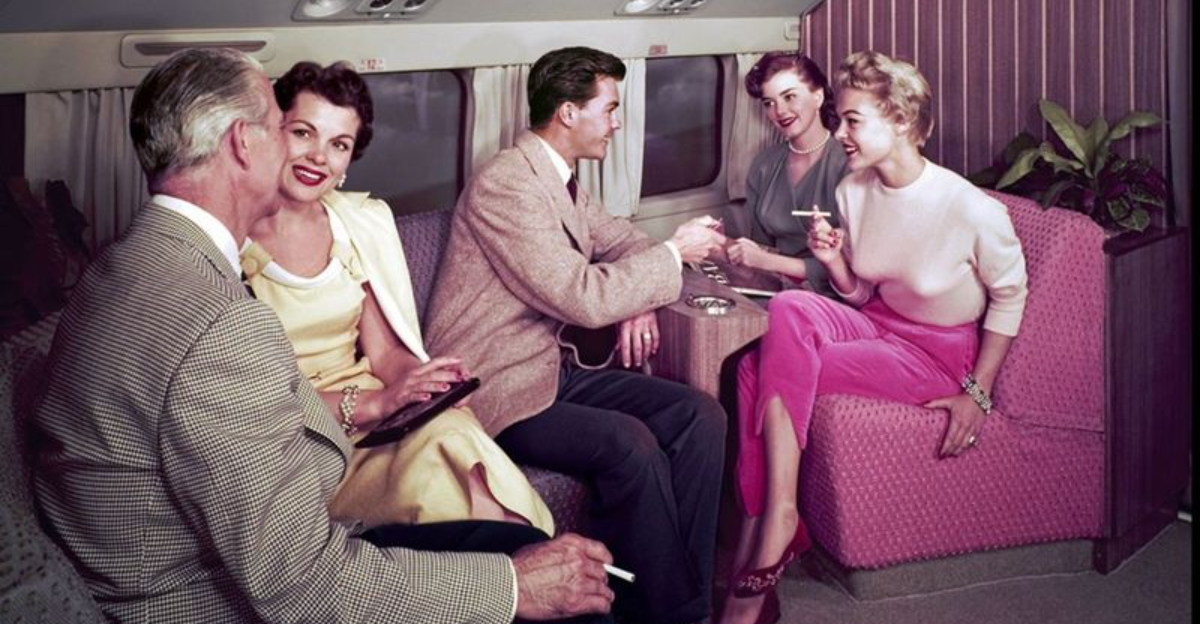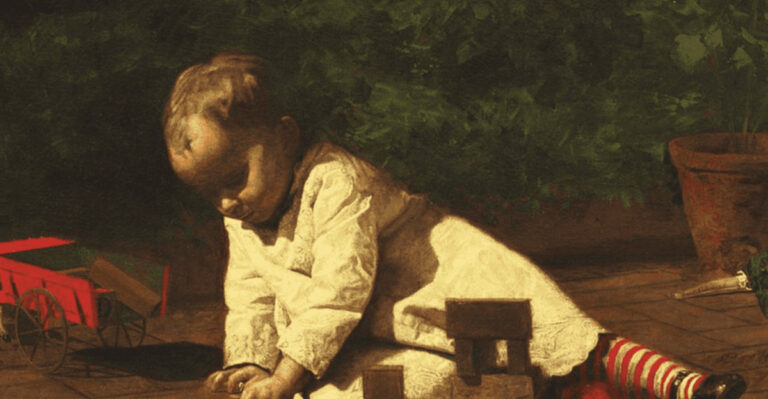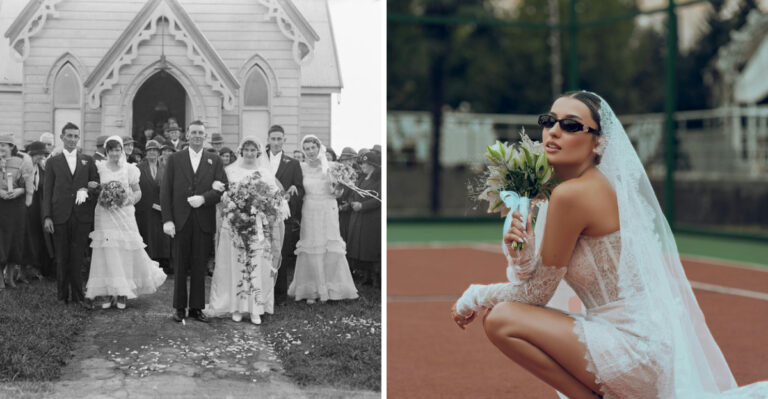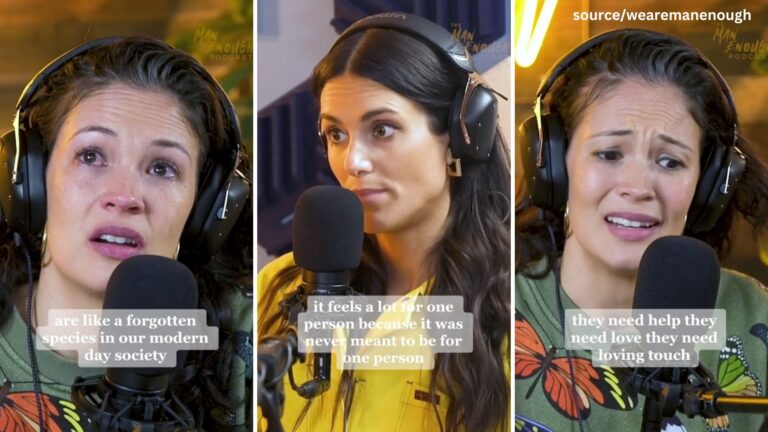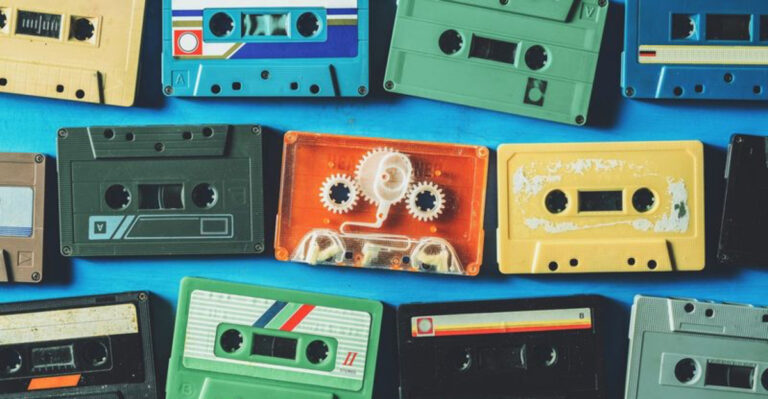18 Things That Used To Be Normal In America But Are Now Completely Taboo
Cultural change happens swiftly. Practices once ingrained in daily life now seem unfathomable. These shifts highlight the evolving values and awareness of society.
Here’s a dive into 18 surprising norms that have dramatically changed over time.
1. Smoking indoors—literally everywhere

Once upon a time, the haze of cigarette smoke was as common in indoor spaces as the air itself. Whether you were eating at a cozy diner or sitting in a waiting room, the sight and scent of smoke was a given. Ashtrays were as ubiquitous as napkin dispensers, casually dotting tables and counters.
Restaurants, airplanes, and even hospital waiting rooms were no strangers to the cloud of smoke that hung over them. Imagine trying to enjoy a meal while enveloped in a smoky embrace. It’s enough to make your eyes water just thinking about it.
Today, the idea of lighting up inside a public building feels almost cinematic, a relic of a bygone era. Smoking indoors is not just frowned upon; it’s largely illegal in public spaces across the country. The air is now clearer, but the nostalgia? Still a bit hazy.
2. Corporal punishment in school
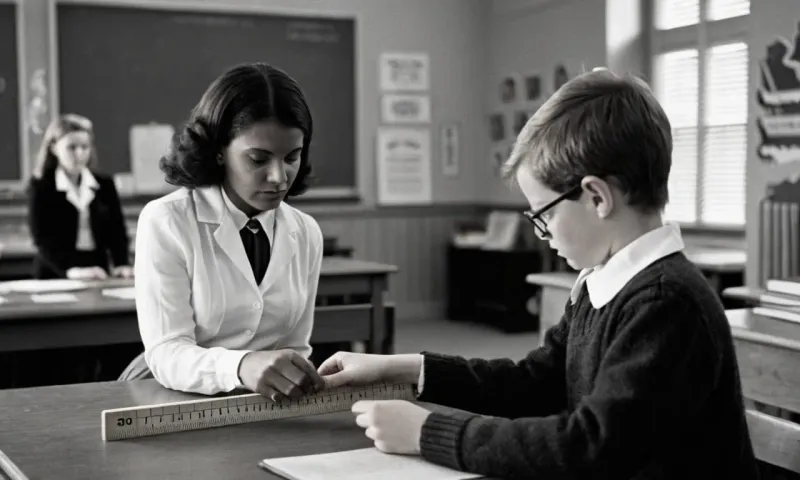
Imagine a time when a wooden paddle was as common in the classroom as chalkboards and textbooks. Teachers wielded these tools not for lessons, but as disciplinary measures. Corporal punishment was an accepted practice in schools across America, and students knew a trip to the principal could mean more than just a stern talking-to.
The sound of a paddle striking out across silent classrooms was something many students grew up with. It was thought to instill discipline and respect, but today, such practices would be met with outrage and legal action.
Now, the idea of physically disciplining students seems as outdated as using a typewriter. Schools focus on restorative practices and understanding the root causes of behavior, marking a significant shift from the days when a paddle was a teacher’s trusted companion.
3. Advertising cigarettes to kids using cartoons
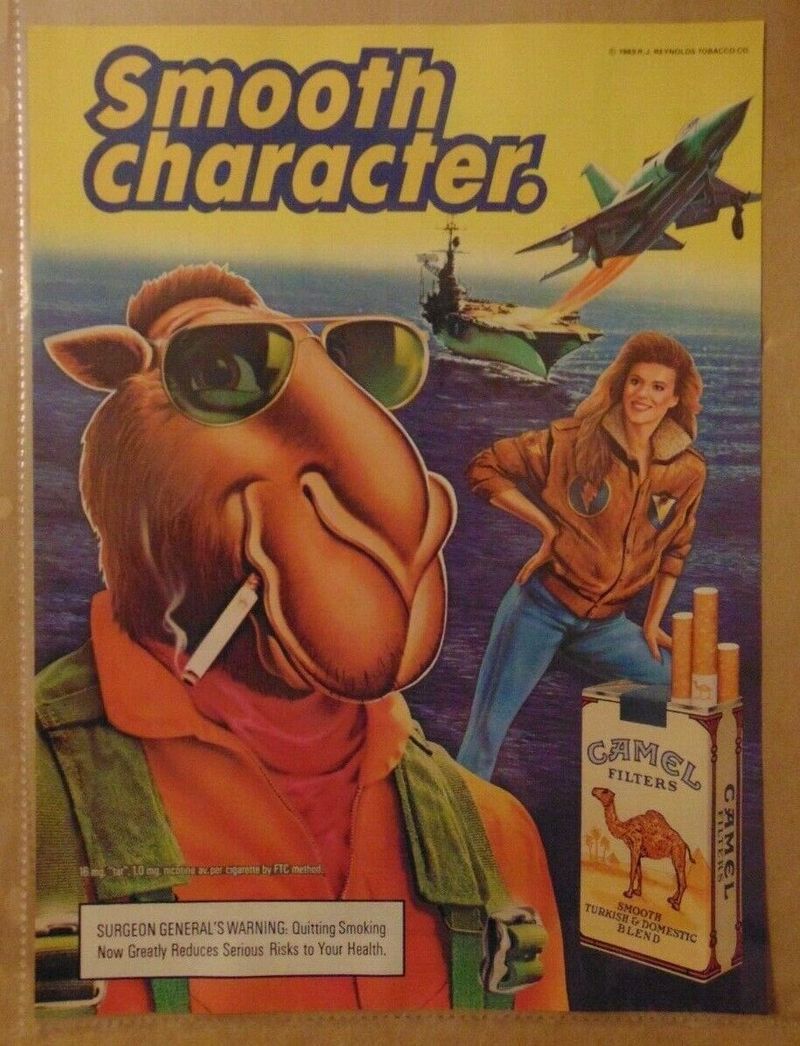
In a world where children’s cartoons and cigarette ads shared the same page, Joe Camel was more than just a brand mascot—he was a symbol of a time when the line between marketing and morality was a bit blurry. His slick, cool persona was aimed at making smoking look appealing, even to the youngest minds.
Imagine flipping through a comic book only to find the charismatic camel puffing away, beckoning readers to join in the ‘fun.’ These ads were a staple in magazines, capturing attention with their bright colors and catchy slogans.
Today, such marketing tactics are unimaginable, and Joe Camel has long since been retired. Stricter regulations have been put in place to prevent tobacco companies from targeting youth, reflecting a shift towards healthier societal values.
4. Not wearing seatbelts in the back seat (or at all)
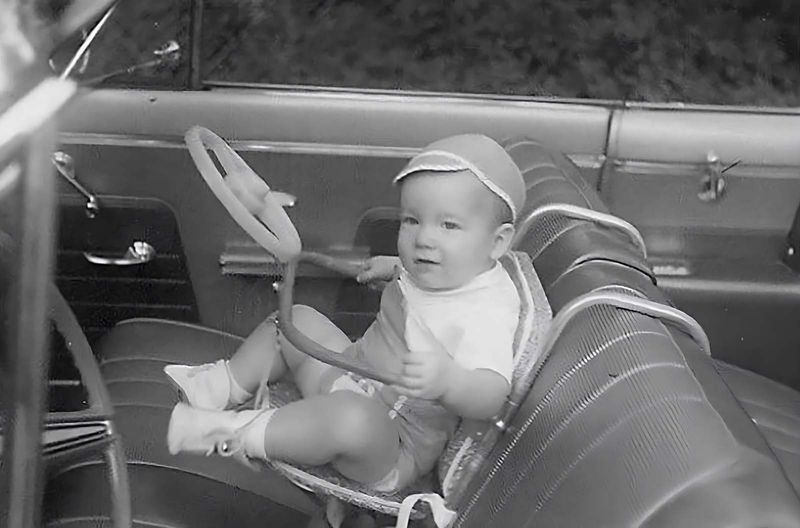
Take a trip down memory lane to a time when seatbelts were more of a suggestion than a standard safety feature. Families would pile into cars, kids and all, with nary a click of a seatbelt to be heard. It wasn’t uncommon to see children bouncing between the seats, enjoying the ride in carefree abandon.
Back then, the notion of ‘buckle up for safety’ was far from ingrained. Seatbelts gathered dust, considered more of an inconvenience than a lifesaver.
Fast forward to today, and the seatbelt has become an essential part of car journeys. Laws mandating their use are enforced, and public safety campaigns have worked to instill the habit in generations. The carefree days of unbuckled rides are now just a memory.
5. Using slurs casually in movies and TV
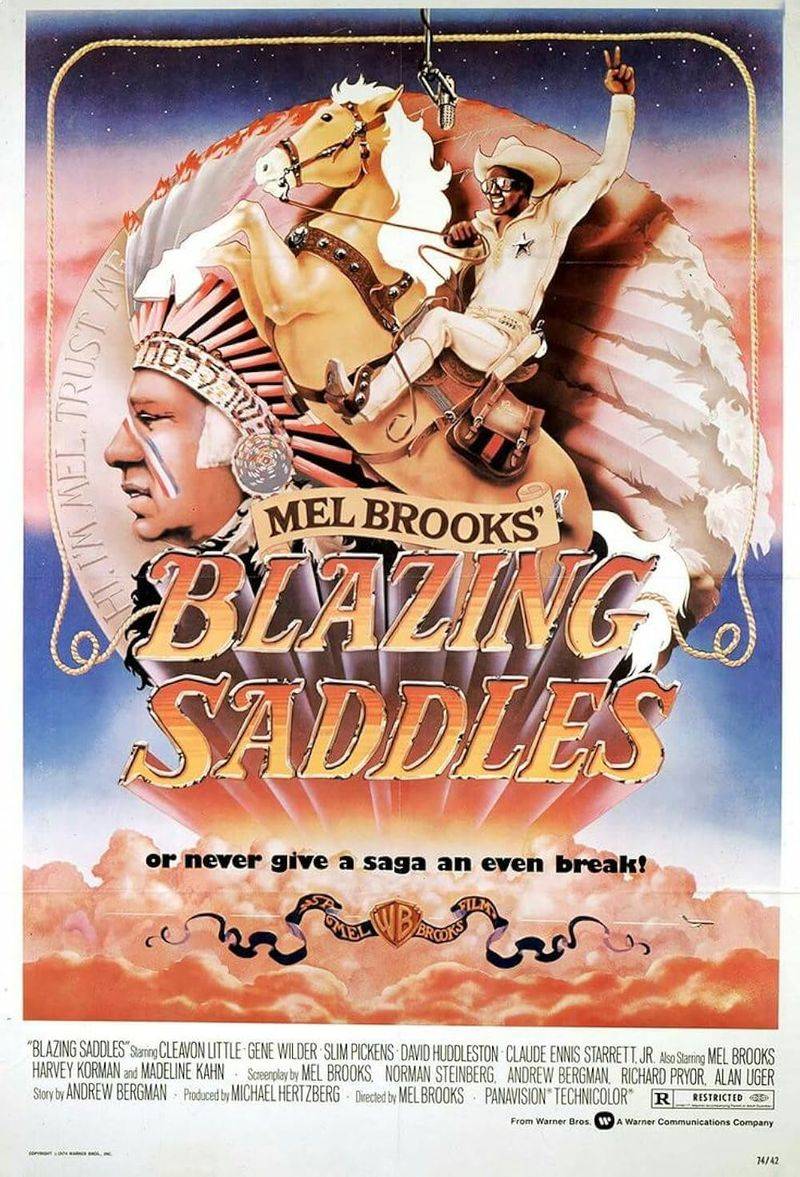
The silver screen and television once reflected a world where offensive language was tossed around with ease, often played for laughs. Shows and movies regularly included slurs and derogatory terms, incorporated as part of the dialogue without a second thought.
Back then, these words might have been seen as edgy or humorous, but they perpetuated stereotypes and ignorance.
Today, the casual use of slurs in entertainment is largely condemned. Audiences demand more accountability from creators, expecting stories to reflect a more inclusive and respectful dialogue. Trigger warnings and content advisories are common, helping to foster a culture of awareness and empathy.
6. Letting kids roam all day without supervision
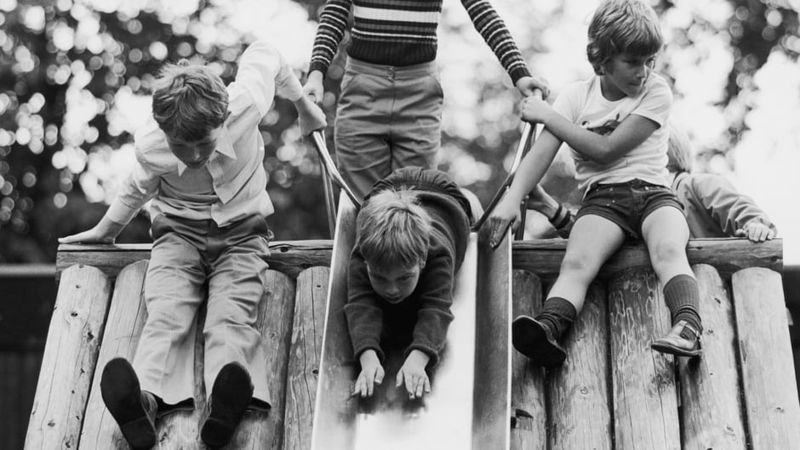
Picture a sunlit afternoon in suburbia, where children roam freely from morning till dusk. The streets were their playground, and adventure awaited around every corner. Parents trusted their kids to return home when the streetlights flickered on, without a worry in the world.
Unsupervised freedom was a hallmark of childhood, fostering independence and creativity, but also occasionally leading to mischief.
In today’s world, such carefree exploration is rare. Concerns about safety and a more protective approach to parenting have transformed the landscape. Kids’ schedules are more structured, and playdates are carefully planned, reflecting a shift towards vigilance and security in child-rearing.
7. Mom drinking and smoking while pregnant
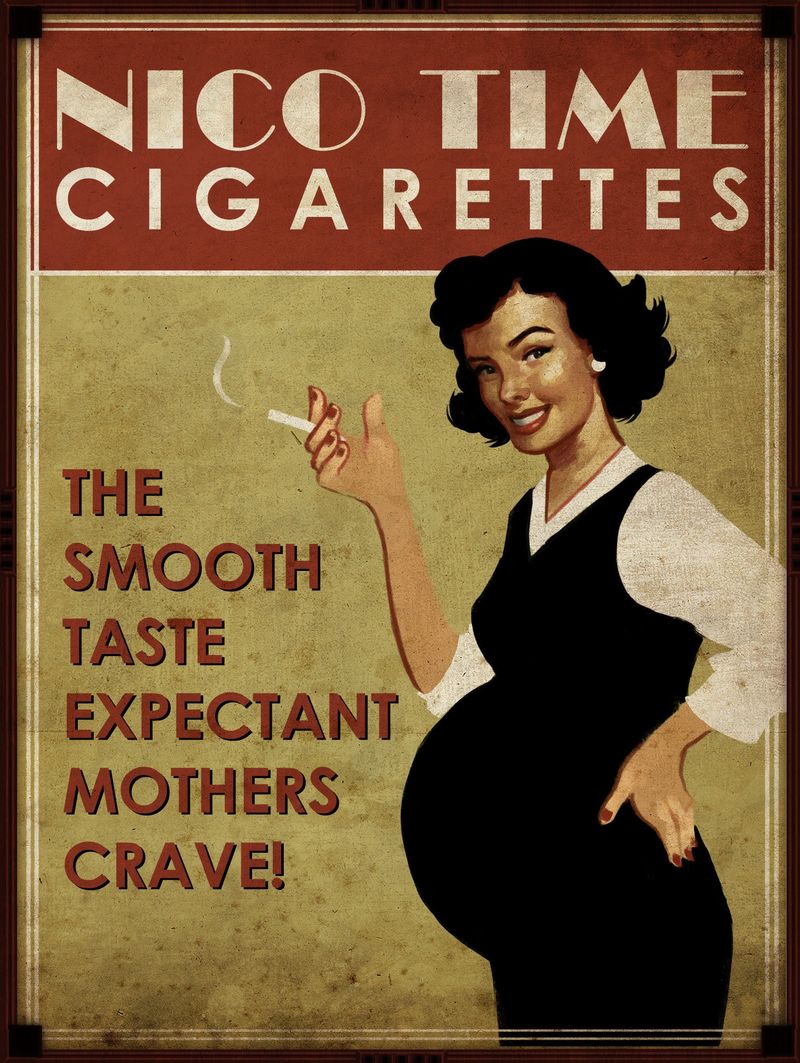
Once upon a time, the sight of an expectant mother with a cigarette in one hand and a cocktail in the other wasn’t shocking. It was just another day. The risks of smoking and drinking during pregnancy were not well understood, and personal freedom often took precedence over medical guidance.
Advertising from the era even featured images of pregnant women enjoying a smoke, portraying it as a moment of relaxation.
Today, the mere thought of such behavior is met with disbelief and concern. Medical advancements and public health campaigns have highlighted the dangers, leading to a cultural shift that prioritizes the health and well-being of both mother and child.
8. Putting lead in paint and gasoline
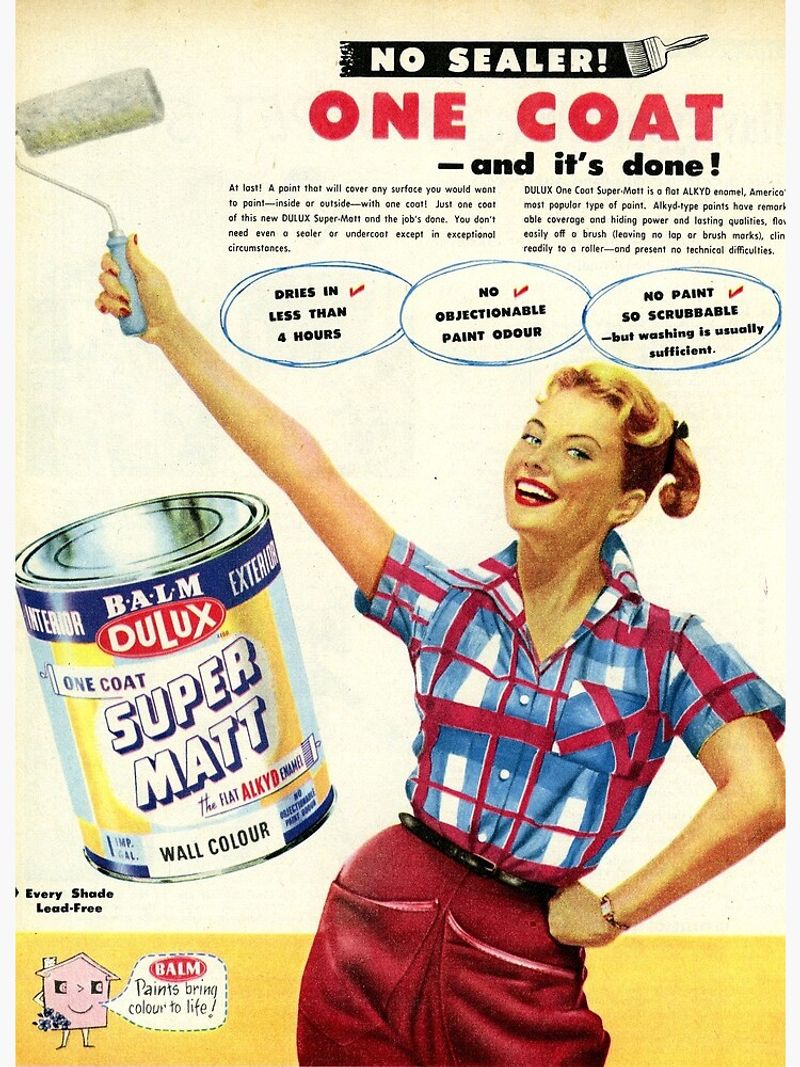
There was a time when lead was a common component in everyday products like paint and gasoline. Homes were painted with vibrant colors, their walls concealing a toxic secret. Cars filled up with leaded gasoline, and the air carried the remnants of this hidden danger.
Back then, the detrimental health effects of lead were not widely recognized, and the convenience it offered in manufacturing took precedence.
Today, the use of lead in consumer products is heavily regulated and largely banned. Increased awareness of its harmful effects has led to a cleaner, safer environment. The transition to lead-free alternatives reflects a commitment to public health and environmental responsibility.
9. Making fat jokes on every sitcom

In the golden era of sitcoms, humor often came at the expense of those who didn’t fit the mold of societal norms. Fat jokes were a common thread in many shows, eliciting laughter from audiences while perpetuating stereotypes and body shaming.
The laugh track may have masked the cruelty, but the underlying message was clear: different was an easy target for humor.
Fast forward to today, and there’s a growing awareness about the impact of such jokes. Shows are being reevaluated for their content, and inclusivity is becoming the standard. Humor is evolving to be more respectful and considerate, reflecting changing attitudes towards body image and diversity.
10. Segregated water fountains
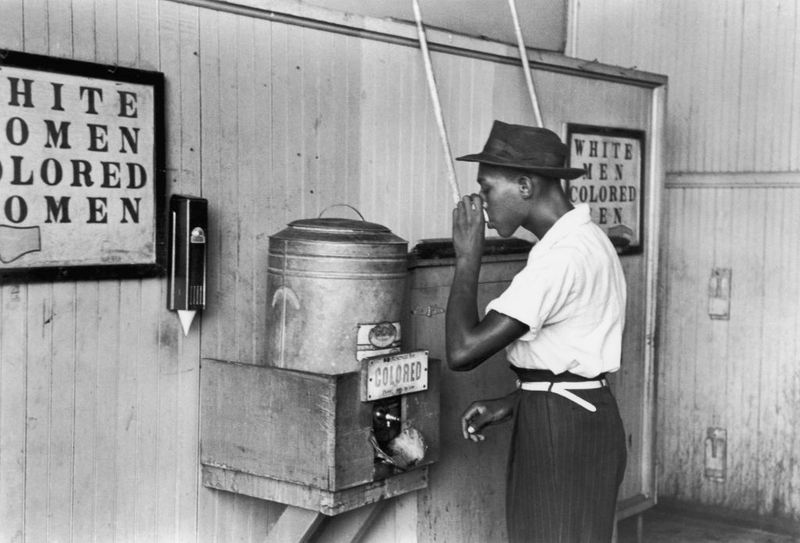
The sight of ‘Whites Only’ and ‘Colored’ signs above water fountains is a stark reminder of a not-so-distant past. Segregation was a reality for many Americans, etched into the fabric of daily life. Public spaces were divided, and water fountains were emblematic of this division.
Back then, these signs were a part of the landscape, representing an era of deep-seated racial inequality and discrimination.
Today, such images serve as poignant reminders of the progress made and the work still to be done. The legacy of segregation continues to inform discussions about equality and justice, underscoring the importance of remembering history to shape a more inclusive future.
11. Mocking mental health as weakness

Mental health struggles were once dismissed as personal failings or signs of weakness. Popular media often portrayed therapy as a punchline, reinforcing stigmas that discouraged people from seeking help.
The idea that mental health issues were something to be mocked or hidden away perpetuated a culture of silence and shame.
Today, the conversation around mental health is shifting. There’s a growing understanding that mental health is just as important as physical health, and seeking help is a sign of strength, not weakness. Campaigns and personal stories are helping to break down barriers, fostering a culture of empathy and support.
12. Parents hitting their kids in public—and no one blinked

The phrase ‘spare the rod, spoil the child’ once echoed through parenting circles, and public displays of discipline were not uncommon. Parents might administer a quick swat or two, and passersby wouldn’t bat an eye. It was all part of raising disciplined children.
Back then, physical discipline was viewed as a necessary tool for teaching respect and obedience.
Today, the narrative has changed. Physical punishment is often viewed with disapproval and concern. Parenting strategies now emphasize communication and understanding, as experts advocate for non-violent forms of discipline. The change signals a broader shift towards nurturing and empathetic parenting approaches.
13. Workplaces with zero HR or boundaries
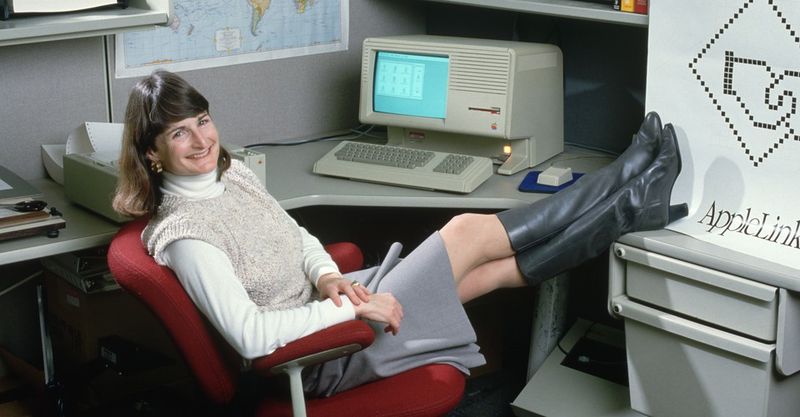
Step into a 1980s office, where boundaries were more of a suggestion than a rule. Workplace environments were rife with behaviors that would be shocking today. From off-color jokes to blatant discrimination, the lack of formal HR practices allowed a culture where anything went.
Back then, complaints often fell on deaf ears, and employees had little recourse for inappropriate behavior.
Fast forward to today, and HR departments play a crucial role in fostering inclusive and respectful workplaces. Policies and training programs aim to create environments where everyone feels safe and valued, reflecting a conscious effort to evolve workplace culture.
14. Helmets Not Required

Once upon a time, kids roamed free, zipping down streets without a helmet in sight. The wind tousling their hair was a badge of freedom. But today, safety takes precedence. Helmets are a must, reflecting a broader awareness of safety.
This shift underscores a growing consciousness around preventing injuries and keeping children safe. Parents now prioritize protection, seeing helmets as essential as the bicycles themselves.
The change marks a significant shift in how we perceive safety, valuing protection over carefree spontaneity. It’s a message that resonates across generations, emphasizing care and caution.
15. Men not being expected to know how to cook or clean
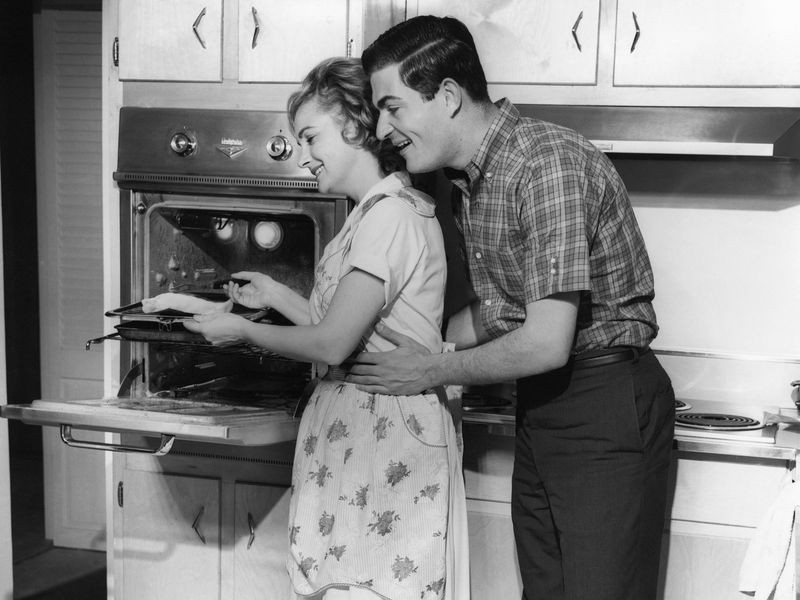
Once upon a time, the kitchen was considered a woman’s domain, and household chores were a feminine responsibility. Men were often depicted as hopeless in the kitchen, their culinary skills limited to boiling water, if that.
This division of labor was a social norm, reflecting broader gender roles that confined men and women to specific societal functions.
Today, the landscape has shifted. The idea that men can’t or shouldn’t cook or clean is increasingly outdated. Gender roles are evolving, and shared responsibility in the household is becoming the norm. This change signifies a move towards equality, where domestic skills are seen as life skills for everyone.
16. People bragging about “not wearing sunscreen”

Back in the day, sun-kissed skin was a coveted look, and sunscreen was often left untouched in beach bags. People boasted about their ability to tan without burning, seeing it as a badge of honor.
This carefree attitude towards sun exposure overlooked the potential long-term damage, from premature aging to skin cancer.
Today, the conversation around sun safety has dramatically changed. Sunscreen is a beach day essential, and awareness campaigns emphasize the importance of protecting skin from harmful UV rays. The shift reflects a broader understanding of health and wellness, prioritizing prevention over aesthetic appeal.
17. Boys being told “real men don’t cry”

The phrase ‘real men don’t cry’ once echoed through playgrounds and households, teaching boys to suppress their emotions. Tears were seen as a sign of weakness, not something ‘real men’ would indulge in.
This mentality reinforced harmful stereotypes about masculinity, limiting emotional expression and fostering a culture of stoicism.
Today, the narrative is shifting. Emotional intelligence is celebrated, and boys are encouraged to express their feelings openly. This change reflects a broader cultural movement towards redefining masculinity, helping to dismantle toxic stereotypes and promote a healthier, more inclusive understanding of what it means to be a man.
18. Making fun of adoption, divorce, or therapy in school
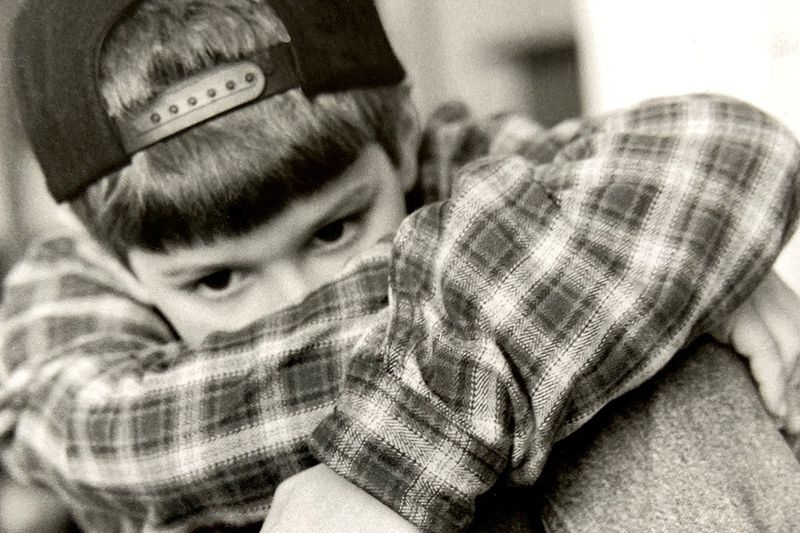
In school hallways and cafeterias, topics like adoption, divorce, or therapy were often the subject of jokes. Kids who experienced these things were teased, and their experiences were trivialized or misunderstood.
Such attitudes reflected a lack of understanding and empathy, perpetuating stigmas around personal and family challenges.
Today, schools are working towards creating environments that are supportive and inclusive. Programs that foster empathy and understanding are becoming more prevalent, aiming to break down the barriers of ignorance and prejudice. This shift highlights the growing recognition of the importance of mental health and family diversity in education.

